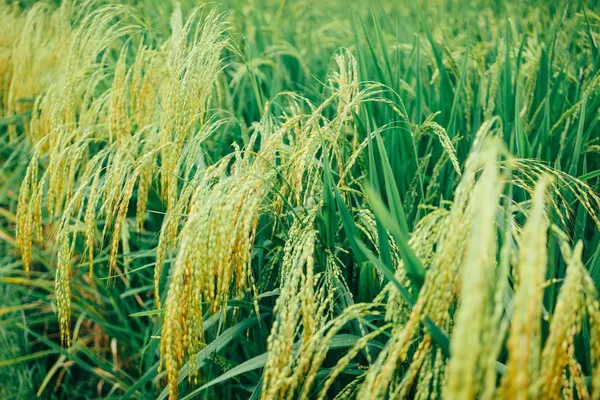The United Nations’ food agency, the Food and Agriculture Organization (FAO), has reported that the world food price index fell to a new two-year low in August. This decline marked a reversal from the previous month when there was a rebound in food prices. The FAO’s price index, which monitors the prices of the most globally traded food commodities, averaged 121.4 points in August, down from a revised 124.0 in the previous month.
Initially, the July reading was reported as 123.9, representing a rebound from a two-year low in June. However, the August figure is the lowest since March 2021 and is also 24% lower than the all-time high reached in March 2022 following Russia’s invasion of Ukraine.
The decline in the overall index was driven by lower prices for dairy products, vegetable oils, meat, and cereals. This was despite a significant increase in the FAO’s rice benchmark, which reached a 15-year high due to Indian export restrictions disrupting trade at a time of tight rice supplies.
Specifically, the FAO’s cereal index decreased by 0.7% from July, with wheat prices falling due to northern hemisphere harvests and maize (corn) declining for the seventh consecutive month to a near three-year low, influenced by a record Brazilian crop and the upcoming U.S. harvest.
Conversely, the rice index surged by nearly 10% month-on-month because of India’s decision in July to ban Indica white rice exports, causing disruptions in trade during a period of limited rice availability before new-crop harvests.
The FAO’s sugar index increased by 1.3% in August, reflecting concerns about the impact of the El Nino weather pattern on global sugar production.
Vegetable oil prices were down 3.1% in August, while dairy prices fell by 4% for the eighth consecutive month due to ample supply in Oceania and reduced Chinese imports.
In a separate report on cereal supply and demand, the FAO forecasted world cereal production for the year at 2.815 billion tonnes, slightly down from the previous estimate of 2.819 billion tonnes. Nevertheless, this latest projection represents a 0.9% increase from 2022 and matches the record output seen in 2021. The downward revision primarily stemmed from reduced wheat output caused by dry weather in Canada and the European Union, as well as heavy rain affecting Chinese crops, according to the FAO.

